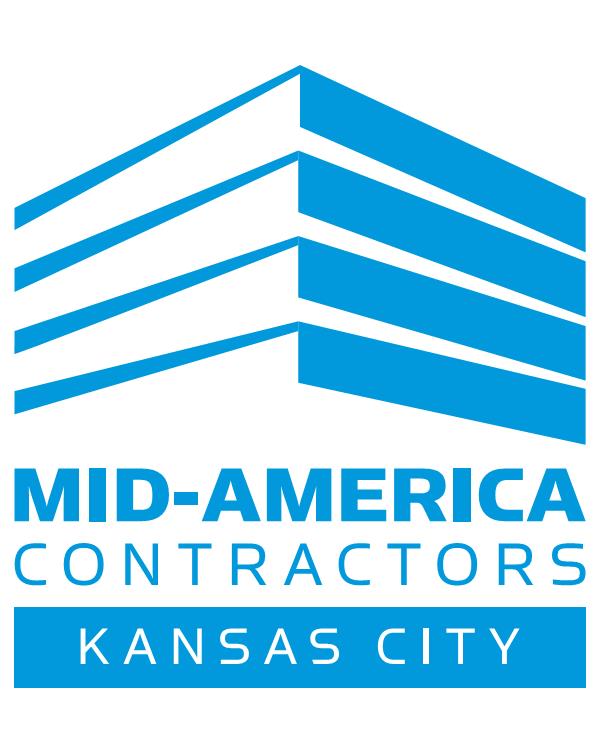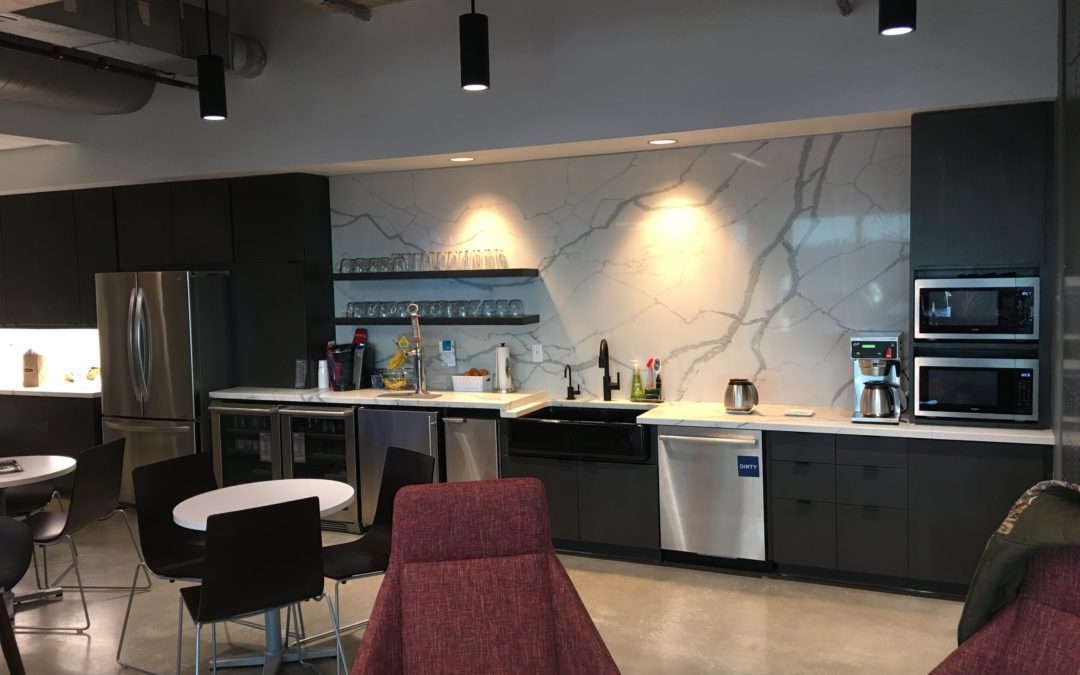These days, workers can take it or leave it. The lines between someone’s professional life and their personal life have been blurry for the last few years. The quality of a workspace is more important than ever since employees need a reason to come to the office. They have to want to be there. They no longer have to be there.
Companies need to go beyond designing mere scenery. The post-Covid office gets involved in workers’ lifestyles and tries to make sure there’s a tie-in between the workplace and the worker. This connection helps bring people back to work and creates spaces people choose to work in. People are dialed into experiences. When you walk into an organization, an impression is created within 15 seconds. How does a person feel about this organization? Do they trust this organization? Do they want to be part of it?
Having a clear understanding of tenants helps the landlords who do the repositioning process. For tenants who want creative spaces and amenities, but don’t want to pay for them within the confines of their space, landlords can appropriately react and respond by creating interesting, programming that is part of a tenant’s day. Fitness is not just putting in a treadmill or a small gym. It’s curated programming within the spaces. Spaces with food and beverage, community, and social spaces must be purposeful and intentional.
Many companies are experimenting right now. That’s exciting for the people who actually are coming back to the places and the spaces. There’s not a one-size-fits-all. If you exist that way, you’re probably not going to be in business very long. As a strategy, listen and capture the essence of the different types of amenities that need to go into a specific culture.

